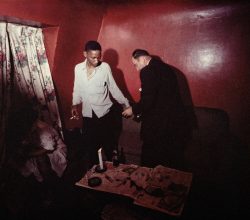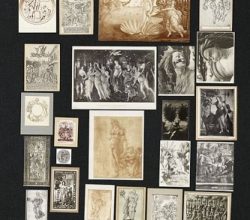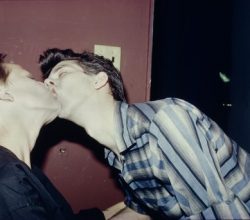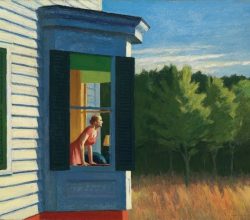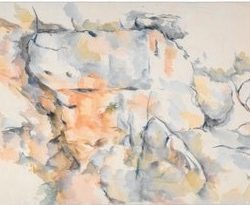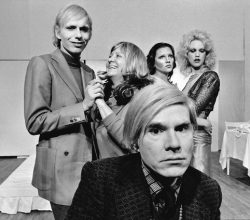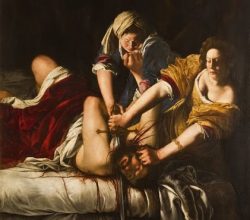
Statue wars
Mary Beard | The Times Literary Supplement | 11th June 2020
The Confederacy statue debate has gone global. Retaining these symbols is variously defended in terms of protecting free speech or being truthful about history. True enough for some statues, but not all. A good many celebrate white supremacist values. So, which should come down? Slave traders? The slave-owning George Washington? History abounds with imperfect characters. Expect more debate.




